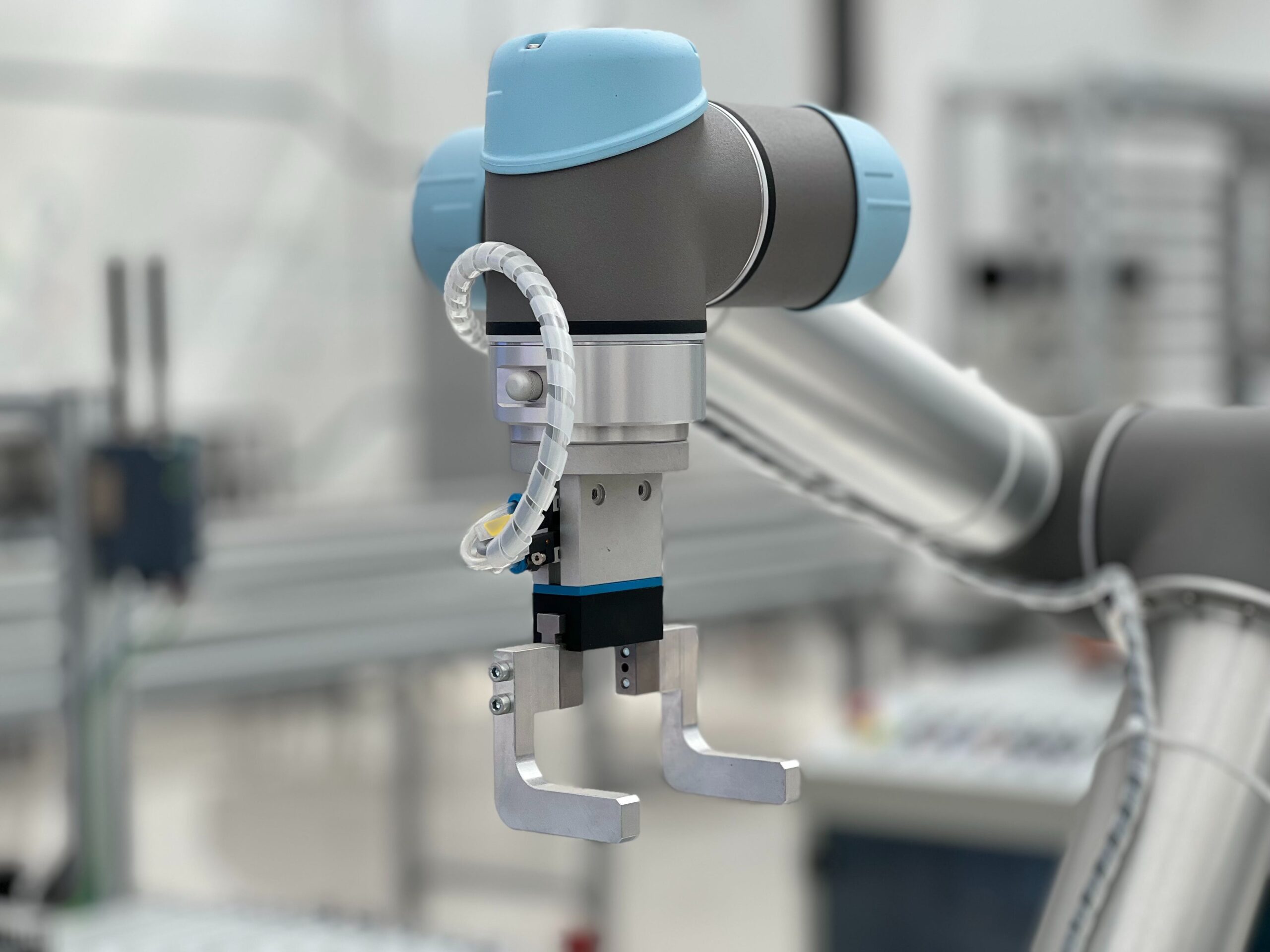Another misconception about ULIPs is that the returns on them are not guaranteed. This myth stems from a lack of understanding about how ULIPs work. Unlike traditional life insurance policies where the premiums paid solely go towards providing a life cover, part of the premium paid for ULIP goes towards providing life cover
History of Robotic Surgery
The concept of robotic surgery dates back to the early 1980s when it was first introduced by NASA for performing remote surgeries in space. However, it wasn’t until the late 1990s that the first commercial surgical robot, called da Vinci Surgical System, was approved by the U.S Food and Drug Administration (FDA) for use in clinical settings. Since then, there have been continuous advancements and improvements in robotic surgical systems, making them an integral part of modern medical practices.
How does Robotic Surgery Work?

Robotic surgery involves the use of specialized robotic arms equipped with small instruments and a high-definition camera mounted on top. These arms are controlled by a skilled surgeon through a console located near the operating table. The surgeon operates using hand controls that mimic their hand movements and provide real-time feedback through 3D imaging on a high-definition monitor.
Benefits of Robotic Surgery
Enhanced Precision: One of the major advantages of robotic surgery is its enhanced precision compared to traditional open or laparoscopic surgery. The smaller instruments used in robotic surgery allow for more precise
How Does Robotic Surgery Work?
Robotic surgery, also known as robot-assisted surgery, it is a type of minimally invasive surgical procedure that uses advanced technology to enhance precision and safety during operations. This innovative technique has revolutionized the field of surgery, allowing for more precise and accurate procedures with minimal risk to the patient.
So, how does robotic surgery work? The process can be broken down into three main components: the surgeon’s console, the patient-side cart, and the endoscopic instruments.
The Surgeon Console
At the heart of robotic surgery it is the surgeon’s console a sophisticated control system that allows surgeons to perform operations with enhanced vision, precision, and dexterity. The console consists of a high-definition 3D display screen and two hand-operated master controllers. These controllers are designed to mimic the movements of the surgeon’s hands in real-time, translating their actions into precise movements of the robotic arms inside the patient’s body.
The Patient-Side Cart
The patient-side cart is where all the magic happens. This cart houses four interactive robotic arms that are controlled by the surgeon through the master controllers at the console. These arms have specialized endoscopic instruments attached to them that can rotate 360 degrees and replicate every movement made by the surgeon’s hands at the console. Additionally, one arm holds a high-definition camera that provides a magnified view of internal organs on the display screen for better visualization.
Benefits of Robotic Surgery: Precision and Safety
This is a type of minimally invasive surgical procedure where a surgeon uses computer technology to control miniaturized instruments attached to robotic arms. These advanced tools allow for precise movements and greater dexterity during procedures. The use of robotics in surgery has revolutionized the field of medicine, providing numerous benefits over traditional open surgeries.

One of the most significant advantages of robotic surgery is its precision. The robotic arms used in these procedures have a high level of accuracy and can make smaller and more controlled incisions compared to human hands. This level of precision ensures that the surgeon can target specific areas with minimal damage to surrounding tissues and organs. As a result, this reduces the risk of complications and promotes faster healing.
Moreover, the robotic instruments used in these surgeries are designed to mimic human hand movements but with an added range of motion. This allows surgeons to perform complex maneuvers that would be difficult or impossible with traditional techniques. For instance, in delicate procedures such as brain or spinal surgeries, where even slight errors can have severe consequences, robotic technology provides unparalleled accuracy.
Another significant benefit of robotic surgery is its enhanced safety profile. With traditional open surgeries, there is always a risk of infection due to large incisions and prolonged exposure time inside the body. In contrast, robot-assisted surgeries involve small incisions that minimize tissue trauma and blood loss. Additionally, most robots used in these procedures are equipped with cameras that provide high-definition 3D images for the surgeon’s
Real-Life Success Stories of Robotic Surgeries
Robotic surgery has been gaining popularity in recent years, and for a good reason. This advanced technology offers many benefits, including enhanced precision and safety during surgical procedures. But how exactly has robotic surgery impacted real-life patients? In this section, we will explore some inspiring success stories of individuals who have undergone robotic surgery and the positive outcomes they experienced.
1. John’s Prostate Cancer Treatment
John was diagnosed with prostate cancer at the age of 57. As a father of two young children, he was concerned about the potential risks and side effects associated with traditional open surgery to remove his prostate gland. However, his doctor recommended a minimally invasive robotic procedure using the da Vinci Surgical System.
Thanks to this innovative technology, John’s surgeon was able to precisely remove the cancerous tissue while sparing healthy tissues and nerves surrounding the prostate gland. The use of smaller incisions also resulted in less blood loss and reduced post-operative pain. Within a few weeks, John had fully recovered from his surgery and was back to living an active lifestyle.
2. Sophia’s Bariatric Surgery
Sophia struggled with obesity for most of her adult life and tried various diets and exercise programs without much success. She decided to undergo bariatric surgery using robotic assistance.
The da Vinci Surgical System allowed Sophia’s surgeon to make precise incisions to reduce her stomach size without affecting other organs or causing excessive bleeding. After recovering from her surgery, Sophia noticed significant weight loss within a few months, which greatly improved.

